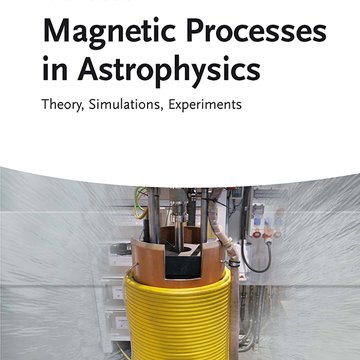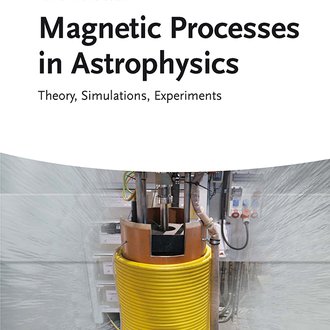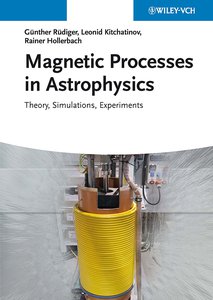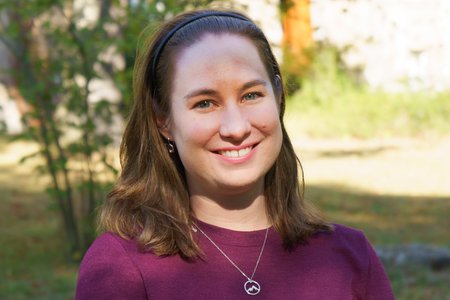Now out: Magnetic Processes in Astrophysics
A new book by Günther Rüdiger, scientist at the Leibniz Institute for Astrophysics Potsdam (AIP), and his two colleagues Leonod L. Kitchatinov and Rainer Hollerbach explores magnetic effects in cosmic objects.
"Magnetic Processes in Astrophysics" shows how the rotational laws of the sun and stars can be explained. The authors also explain why magnetic-field instabilities are crucial to the formation of the stars, and discuss promising experiments currently being designed to investigate some of the relevant physics in the laboratory.
The interdisciplinary approach of this volume will appeal to a wide audience in physics, astrophysics and geophysics.
From the contents:
- Differential Rotation of Stars
- Radiation Zones: Magnetic Stability and Rotation
- Quasilinear Theory of Driven Turbulence
- The Galactic Dynamo
- The Magnetorotational Instability (MRI)
- The Tayler Instability (TI)
- Magnetic Spherical Couette Flow
A new book by Günther Rüdiger, scientist at the Leibniz Institute for Astrophysics Potsdam (AIP), and his two colleagues Leonod L. Kitchatinov and Rainer Hollerbach explores magnetic effects in cosmic objects.
"Magnetic Processes in Astrophysics" shows how the rotational laws of the sun and stars can be explained. The authors also explain why magnetic-field instabilities are crucial to the formation of the stars, and discuss promising experiments currently being designed to investigate some of the relevant physics in the laboratory.
The interdisciplinary approach of this volume will appeal to a wide audience in physics, astrophysics and geophysics.
From the contents:
- Differential Rotation of Stars
- Radiation Zones: Magnetic Stability and Rotation
- Quasilinear Theory of Driven Turbulence
- The Galactic Dynamo
- The Magnetorotational Instability (MRI)
- The Tayler Instability (TI)
- Magnetic Spherical Couette Flow
Images
Cover.





